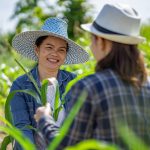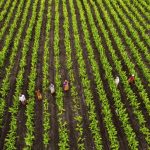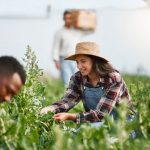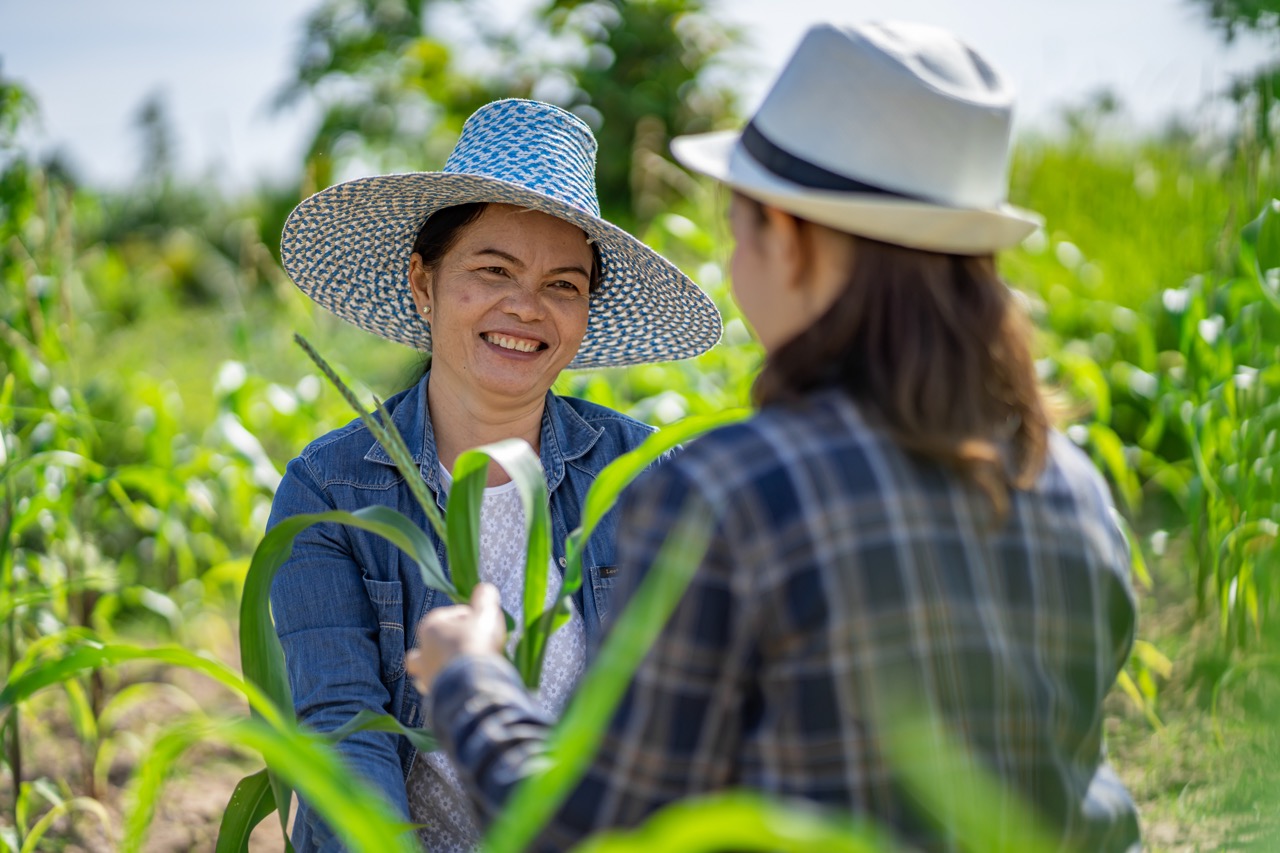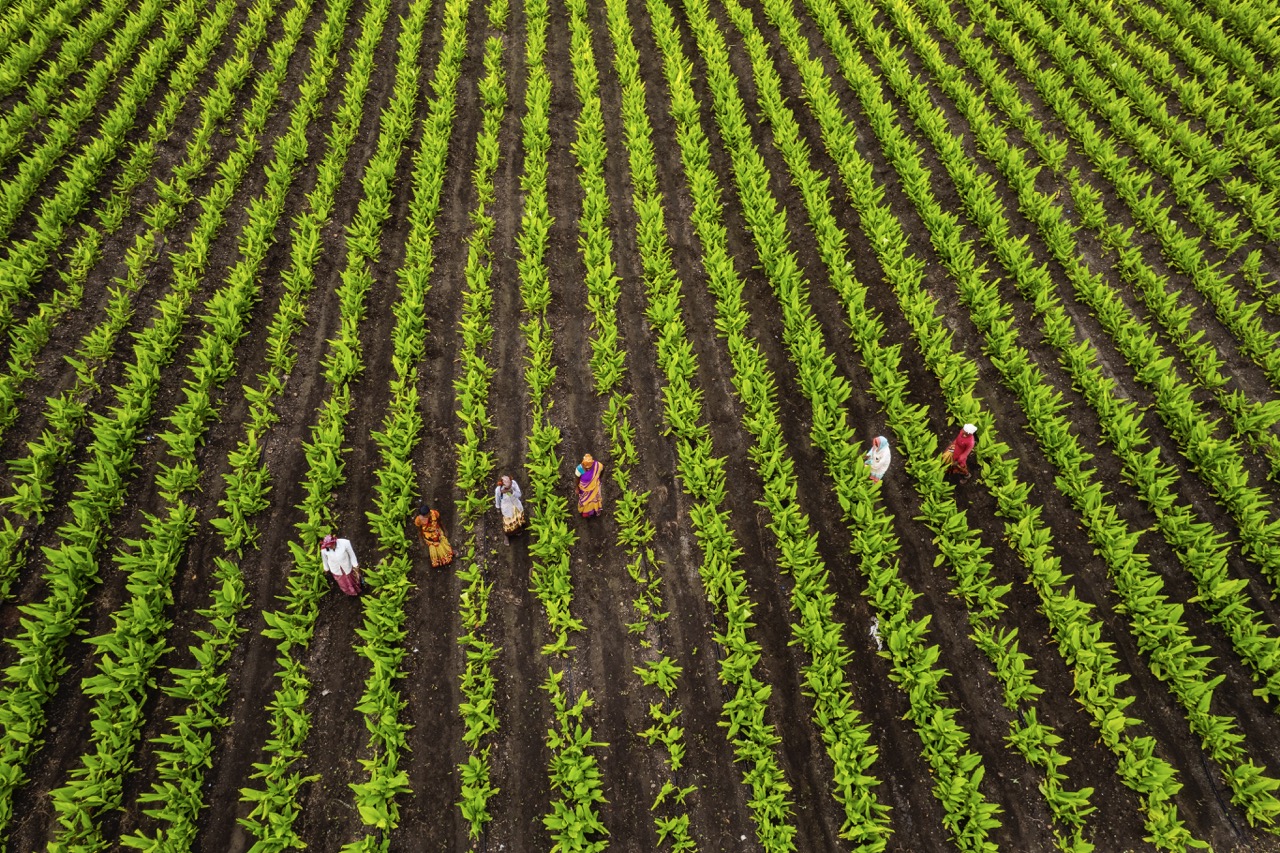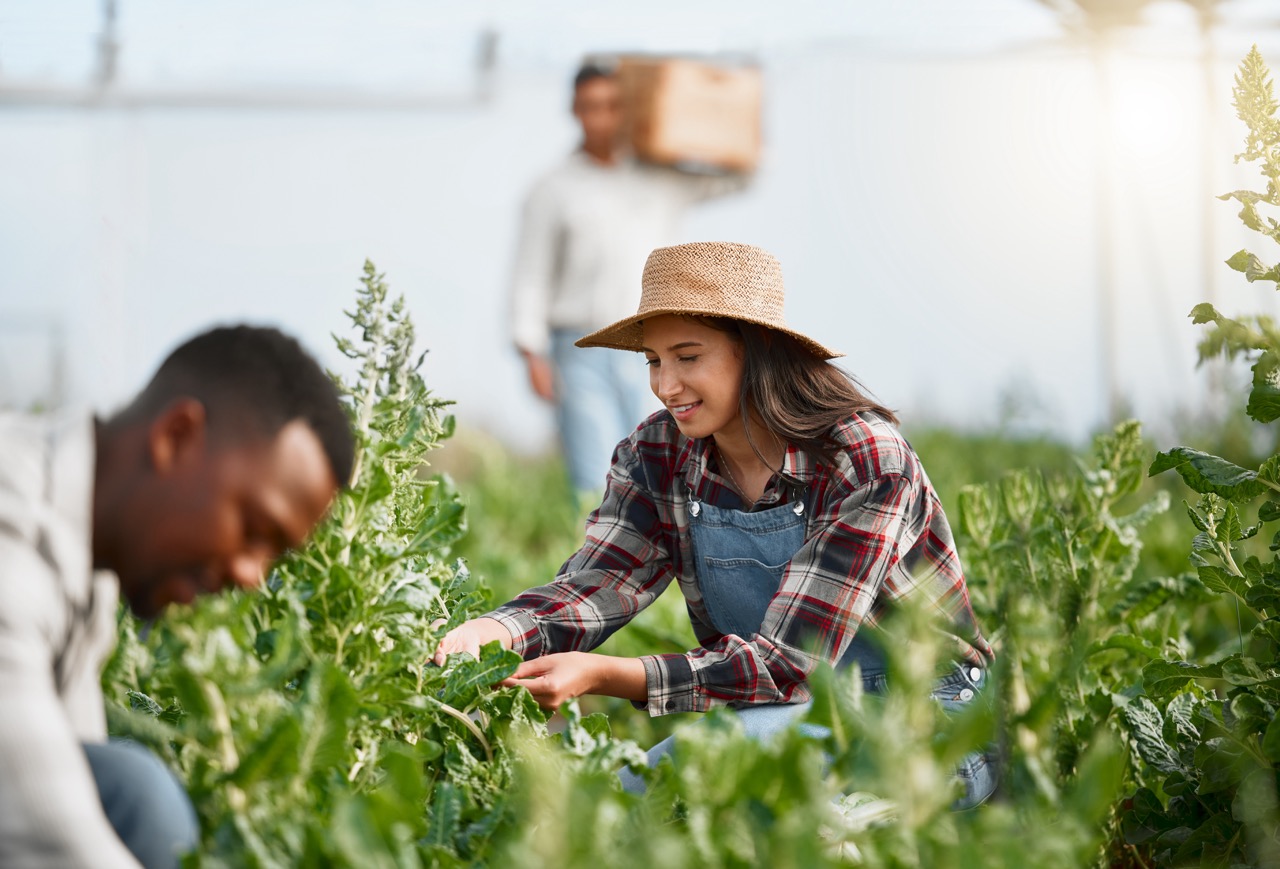In the quest for long-term food security, innovative and sustainable agricultural practices are paramount. Sharecropping, a system in which landowners allow tenants to farm their land in exchange for a share of the crop, offers a unique opportunity to address food security challenges. As global populations rise and climate change exacerbates agricultural difficulties, understanding the potential of sharecropping can lead to enhanced stability in food production and distribution. This article examines the intricacies of sharecropping, its role in food security strategies, successful case studies from around the world, and future directions for optimizing this traditional agricultural practice.
Exploring Sharecropping: A Path to Sustainable Agriculture
Sharecropping functions as a cooperative agricultural model that fosters partnerships between landowners and farmers. At its core, this system allows for efficient land use, as landowners provide the land and resources while sharecroppers contribute labor and expertise. This collaborative effort can lead to increased productivity and sustainability, as farmers are incentivized to invest in the land they cultivate. With access to land and an opportunity to earn a livelihood, sharecroppers can enhance their farming techniques, further contributing to agricultural sustainability.
The environmental benefits of sharecropping cannot be overlooked. By focusing on sustainable practices such as crop rotation and organic farming, sharecroppers can promote soil health and biodiversity. This approach not only yields better crops but also helps mitigate the adverse effects of climate change. An emphasis on organic methods reduces reliance on chemical fertilizers and pesticides, which can contaminate local ecosystems. As a result, sharecropping can serve as a model for regenerative agriculture, promoting practices that restore the land and ensure long-term food security.
Moreover, sharecropping can empower marginalized communities by providing them access to land and resources. Many smallholder farmers operate in regions where land ownership is concentrated among a few individuals or corporations. By fostering sharecropping agreements, communities can enhance their economic conditions, improve food sovereignty, and reduce poverty. This empowerment can be transformative, as access to land translates into improved nutrition and food security for families and communities alike.
The Role of Sharecropping in Food Security Strategies
In recent years, food security has become a focal point for policymakers and agricultural experts worldwide. Sharecropping has emerged as a viable strategy to bolster food systems, particularly in developing nations where agricultural resources are limited. By utilizing sharecropping agreements, governments can create frameworks that support smallholder farmers and increase food production sustainably. This collaborative farming model also allows for the efficient allocation of resources and can lead to greater resilience against market fluctuations.
Food security strategies that incorporate sharecropping address both the supply and demand sides of the food system. On one hand, sharecroppers produce a diverse array of crops, contributing to local and regional food systems. On the other hand, landowners benefit from increased agricultural output while supporting community livelihoods. This synergy helps stabilize food prices and ensures that local populations have access to nutritious foods, thereby addressing hunger and malnutrition.
Furthermore, sharecropping can play a significant role in adapting to climate change. By sharing risks and resources, farmers can implement adaptive practices that enhance resilience. For instance, collectively investing in irrigation systems and sustainable farming techniques can mitigate the impacts of droughts and floods. In this way, sharecropping not only supports immediate food security needs but also builds long-term resilience within agricultural systems.
Case Studies: Successful Sharecropping Initiatives Worldwide
Around the globe, several successful sharecropping initiatives have demonstrated the potential of this agricultural model for achieving food security. In Brazil, the Landless Workers’ Movement has organized landless families into cooperatives that engage in sharecropping arrangements. By empowering smallholder farmers and facilitating access to land, this movement has not only improved agricultural productivity but also enhanced food sovereignty among marginalized communities. The success of this initiative highlights how sharecropping can serve as a tool for social and economic equity.
In East Africa, the sharecropping system has been revitalized to combat food insecurity in countries like Kenya and Uganda. Innovative partnerships between local governments, NGOs, and farmers have led to the establishment of community-supported agriculture programs. These initiatives connect sharecroppers with markets, ensuring that their produce reaches consumers while securing fair prices for their labor. As a result, the productivity of sharecropped lands has increased, contributing to local food security and economic stability.
Another noteworthy case is found in the United States, where sharecropping has evolved in response to contemporary agricultural challenges. Initiatives focused on urban agriculture and community gardens have incorporated sharecropping elements, allowing individuals without access to land to grow food collaboratively. These programs not only provide fresh produce to urban communities but also foster social ties and resilience against food deserts. Through these various examples, it is evident that sharecropping can adapt to different contexts and cultures while promoting food security.
Future Directions: Enhancing Sharecropping for Food Security
To fully harness the potential of sharecropping in achieving food security, it is essential to integrate technological advancements into traditional practices. Precision agriculture, for instance, can optimize crop yields and reduce waste through data-driven methods. By equipping sharecroppers with access to modern agricultural technology, training, and resources, policymakers can improve productivity while promoting sustainable practices. This integration can also facilitate better access to markets and create more efficient supply chains.
Investment in education and capacity building is another crucial direction for enhancing sharecropping. Providing training programs on sustainable farming techniques, financial literacy, and cooperative management can empower sharecroppers to maximize their potential. By strengthening the skills and knowledge of those involved in sharecropping, these initiatives can lead to improved agricultural practices, increased yields, and enhanced food security. Fostering a culture of continuous learning will be vital in adapting to the challenges posed by climate change and global market shifts.
Lastly, fostering supportive policy frameworks is essential for the future of sharecropping. Governments and organizations must work collaboratively to ensure that sharecropping agreements are fair and equitable. This includes establishing legal protections for sharecroppers and promoting access to credit, resources, and markets. By creating a conducive environment for sharecropping, stakeholders can build resilient food systems that not only address immediate food security needs but also lay the groundwork for a sustainable agricultural future.
In conclusion, sharecropping offers a multifaceted approach to achieving long-term food security goals. By exploring its potential in sustainable agriculture, recognizing its role in food security strategies, learning from successful initiatives, and pursuing future enhancements, sharecropping can become a cornerstone of resilient food systems. As we navigate the complexities of global food challenges, embracing innovative practices like sharecropping may be essential for ensuring that all individuals have access to nutritious food while fostering sustainable agricultural development.
